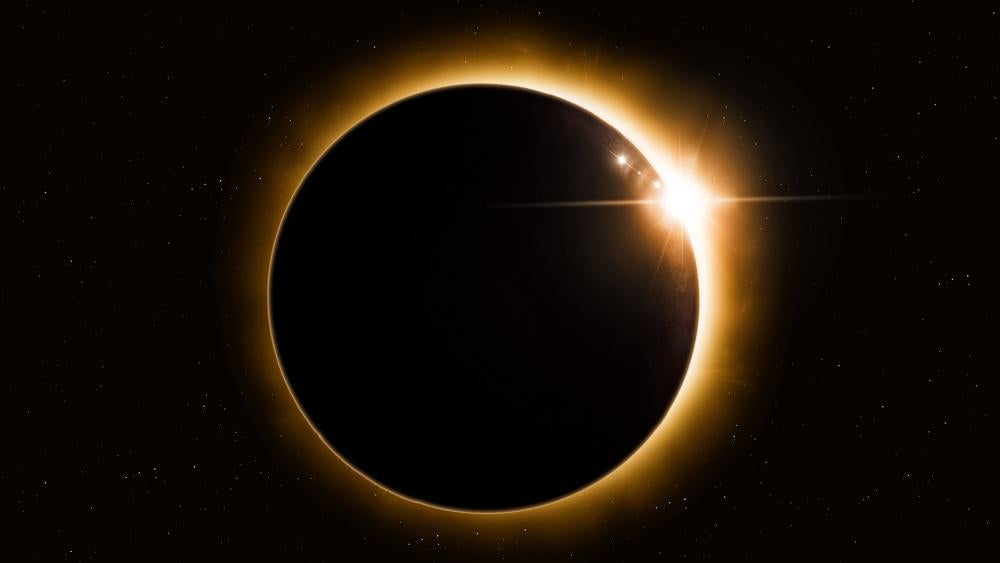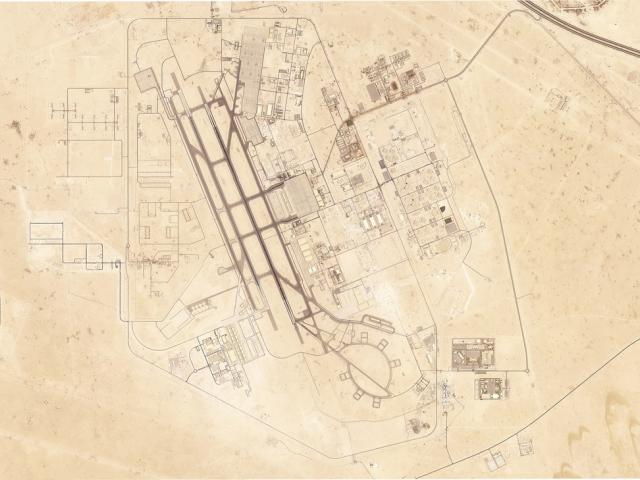People all over the country are making plans to watch the solar eclipse when it crosses the United States on April 8.
"It's pretty dramatic," says Dr. Daniel Kennefick, a physics professor at the University of Arkansas. "A total solar eclipse is a very unique event because the moon, by a strange coincidence, happens to be the same apparent size, in our skies, as the sun. Of course, the moon is much smaller than the sun but it's also a lot closer and it's precisely the right distance that it blocks out the sun while leaving the area around the sun which means we get to see the solar atmosphere called the corona."
Eight major U.S. cities will be in the path of totality – that's the 115-mile-wide track falling under the moon's central shadow.
"Not only does it get dark, because the body of the sun is no longer visible, and even noticeably colder, but we get this remarkable display and it's often said that animals, like birds, will be fooled into thinking night has fallen quite quickly," adds Kennefick.
READ When We See the Face of God: Why the 2017 Solar Eclipse Was a God-Shaped Shadow of Eternity
Dave Parker from the Arkansas Department of Transportation expects a lot of eclipse tourists in his state – "about a million extra people from that Thursday night, the 4th, through Tuesday the 9th."
As a result, many schools in Arkansas and other states are canceling classes. Texas officials are even warning residents to top off their gas tanks and stock up on food. In Ohio, the governor signed an executive order to increase staffing for emergency management. They're all treating the April 8 eclipse like a major travel holiday.
"Any way you cut it, the highways and interstates are going to be crowded," says Parker.
More than 31 million people will be in the path of totality when the eclipse passes through North America. As exciting as it is for us today, eclipses took on a much different tone in ancient times.
Dr. Scott Stripling from Associates for Biblical Research notes, "The ancient people saw celestial phenomena as omens."
Using a dating system that intersects NASA data with the ancient Assyrian calendar, Associates for Biblical Research says it shows an eclipse passed over Nineveh in the mid-8th century B.C. That event was preceded and followed by a series of natural disasters.
"And lo and behold, what does the Bible show us? A renegade prophet named Jonah shows up and he's preaching repentance at a time that they would be open to it that normally they wouldn't because of the omen," Stripling explains.
***Please sign up for CBN Newsletters and download the CBN News app to ensure you keep receiving the latest news from a distinctly Christian perspective.***

Stripling says this same dating method shows a celestial spectacle happening in 33 A.D. on April the 3rd, approximately the same time the Gospels record the earth turning dark on the day of Jesus Christ's crucifixion.
"Picture this: as the stone is rolling to seal the tomb, on the horizon, the moon is beginning to appear, and guess what? It's a lunar eclipse. Listen, ancient people would have been powerfully impacted by this," Stripling emphasizes.
However you feel the impact of the upcoming solar eclipse, countless people worldwide will have an eye to the sky on April 8 to see something that has been drawing awe since time began.
2024: Upcoming Solar Eclipse Gives Churches 'Avenue to Reach People with the Good News of Jesus Christ'
2021: 'Super Blood Moon' and a 'Ring of Fire' - Here's What the Bible Says About Celestial Phenomena
Did you know?
God is everywhere—even in the news. That’s why we view every news story through the lens of faith. We are committed to delivering quality independent Christian journalism you can trust. But it takes a lot of hard work, time, and money to do what we do. Help us continue to be a voice for truth in the media by supporting CBN News for as little as $1.












 Support CBN News
Support CBN News







